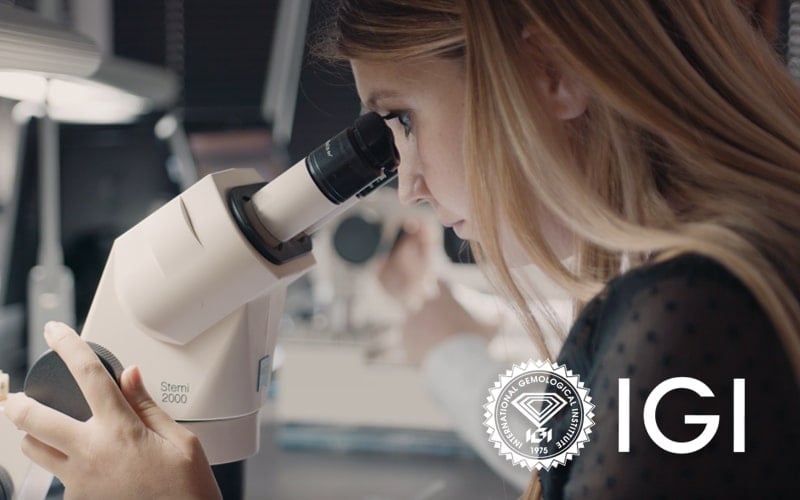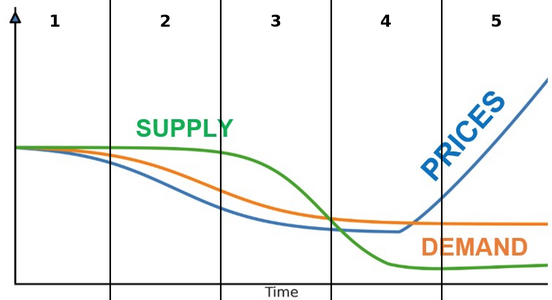- Joined
- Jan 7, 2009
- Messages
- 10,464
And thank you for sharing!!Again, just my experience
Of course there are a lot of other possible reasons.
A lot of natural diamonds can look grey or dull in rings on peoples fingers…. Even wealth folks diamonds get dirty… hahah
Or- they could easily have been clean, yet dull grey natural stones.
I’ve only been to Italy once. I adored it!
Just didn’t see a lot of stones ( especially larger than 1ct) in stores or like what we see on people in the states.
Bottom line is (again) it’s not possible to conclusively know if a diamond was mined or man made without very expensive equipment.
Garry has said that if he sees a piece with no fluorescent diamonds, he’s sure it’s lab grown. I wouldn’t go that far. But of course he’s not saying he can spot labs based on normal appearance.








300x240.png)